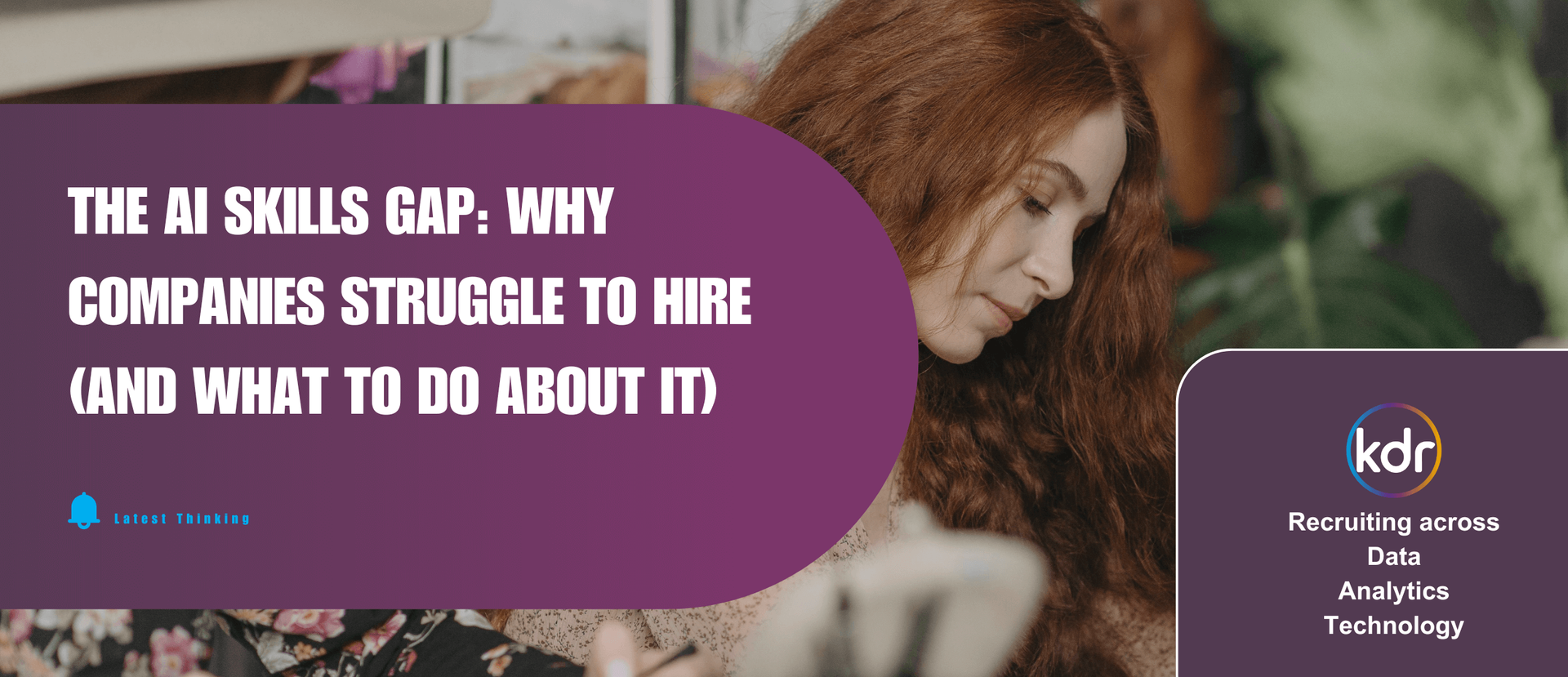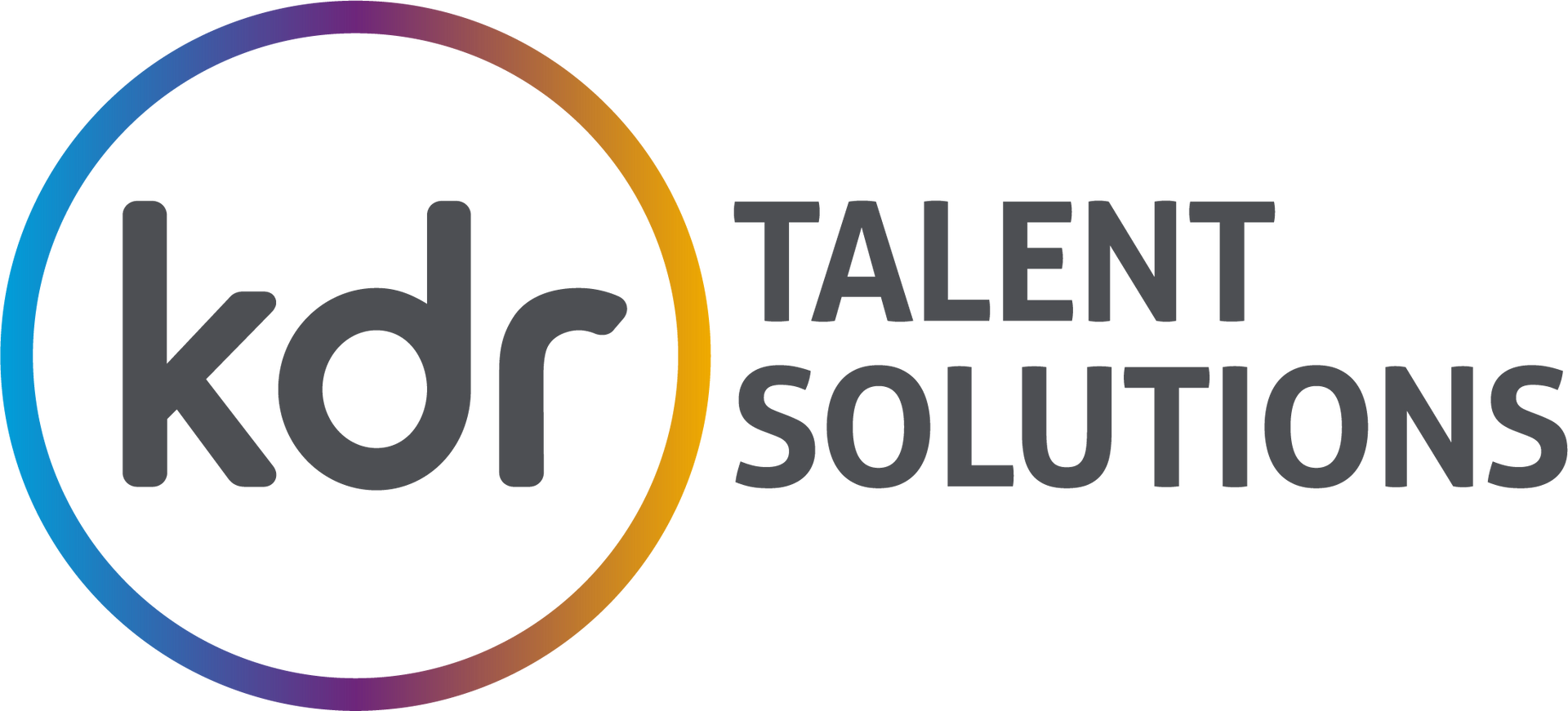Drowning in CV’s in 2025: Advice for Hiring Managers
Everyone is talking about how technology is being used within the recruitment process

Everyone is talking about how technology is being used within the recruitment process, especially how AI is influencing the space along with how technology is increasing the rate of applications. Hiring Managers often bear the brunt of this, especially if a central recruitment function is not understanding the nuances of the roles in your teams. So, what do you do if you haven’t got access to new technology which can help cut the workload involved in reviewing CV’s or can’t influence what is being used?
Even without control over your company’s technology stack, there are several impactful steps you can take to attract and retain top talent in today’s competitive job market. These strategies focus on fostering human connections, leveraging existing resources creatively, and aligning hiring processes with current workforce trends.
1. Champion Skills-Based Hiring
You don’t need fancy software to assess candidates based on their skills rather than traditional qualifications. By creating detailed role profiles that highlight the specific competencies required, you can focus interviews and assessments on real-world skills. Use practical exercises, scenario-based questions, or sample projects to gauge candidates’ ability to perform the role effectively.
To do this correctly you need to this: Partner with current team members to create a list of key skills for each role. Use simple tools such as collaborative platforms to keep track of your evaluations. Then make sure everyone who is hiring has access to this list, including the central talent acquisition team.
2. Create Opportunities for Upskilling and Growth
While you may not control your company’s formal learning and development programmes, you can build an internal culture of upskilling if one doesn’t exist. Employees are more likely to stay engaged when they feel their career is progressing. Offer mentorship opportunities, job-shadowing programmes, or even informal learning groups.
Practical Tip: Suggest cross-functional projects or rotation programmes to expose team members to new challenges. Highlight career progression opportunities during interviews to appeal to growth-oriented candidates.
3. Personalise Candidate Engagement
AI tools can automate communication, but nothing replaces the human touch. Hiring managers can still make a strong impact by building genuine relationships with candidates. Make a habit of reaching out personally, offering clarity on the process, and providing meaningful feedback. These comms can be templated to save having to write out the same “process” information but with room to personalise where time and context permits.
Practical Tip: Create a “personal touch” checklist for every candidate. Simple gestures like personalised follow-ups or introducing candidates to team members during the hiring process can make a lasting impression.
4. Leverage Existing Data to Plan Ahead
Even without advanced analytics platforms, you can still work proactively. Use past hiring data, team feedback and industry research to anticipate future talent needs. Collaborate with your HR team to identify potential gaps before they arise. Sometimes there is a disconnect between what a hiring manager knows from 1:1’s with their team and their progression plans, and what “the business” knows in terms of future needs. If this information is known and shared in real time, it saves time interviewing people when they are not needed.
Practical Tip: Yes, it’s on top of your day job however, setting aside time each quarter to review hiring needs, match and tweak to fit your real time teams needs with your HR or Talent Acquisition team means you are saving time in the long run with irrelevant CV reviews (C# when to need C++ anyone?) and interviews for roles that are not needed. Track turnover rates and emerging team needs to stay ahead of the curve.
5. Promote Your Team’s Unique Culture
Employer branding doesn’t have to be a massive company-wide initiative. Most people forget to focus on their team’s culture, which is important to get across to new employees. As a hiring manager, you can highlight your team’s strengths and culture during recruitment. Use testimonials, social media, or even your own LinkedIn profile to showcase why candidates should join your team.
Practical Tip: Encourage your team to share success stories or moments of achievement that reflect your group’s values. Share these in job descriptions or during interviews to help candidates visualise themselves in the role.
6. Prioritise Flexibility and Work-Life Balance
While your company’s policies on hybrid work or flexible hours may already be set, you can emphasise the importance of work-life balance within your own team. Candidates are drawn to managers who value their well-being.
Practical Tip: Highlight specific examples of how your team supports flexibility during interviews. If possible, offer tailored solutions like staggered start times or the availability of remote workdays.
7. Drive diversity at the top level
While broader DEI strategies may be outside your control, you can still encourage an inclusive environment within your team. Focus on removing bias from your own hiring practices by using structured interviews and diverse interview panels. Make a conscious effort to ensure your job descriptions are inclusive and appeal to a broad audience.
Practical Tip: Use free resources, like gender-neutral job description tools (Kat Matfield is a free online tool or just plug it into ChatGPT), and ensure where possible that a diverse mix of employees is involved in your hiring decisions.
Hiring managers play a vital role in building a strong talent pipeline, even without access to cutting-edge tools or technologies. By focusing on people-first strategies, leveraging the resources at your disposal, and prioritising long-term relationships, you can position your team as a destination for top-tier talent.
Ultimately, success lies in your ability to balance the human aspect of hiring with strategic thinking—proving that even without the latest tech, you can still build a pipeline that delivers value now and in the future.






